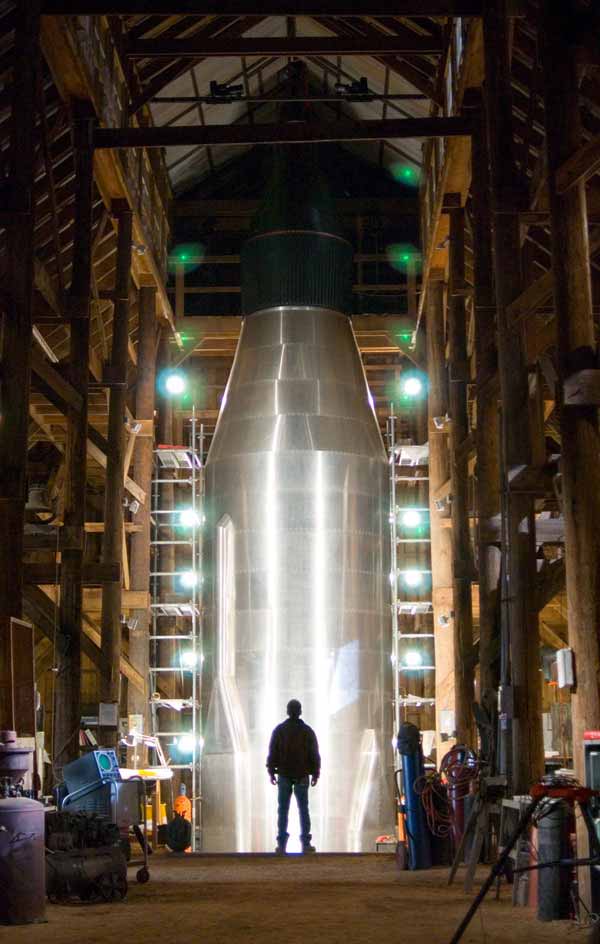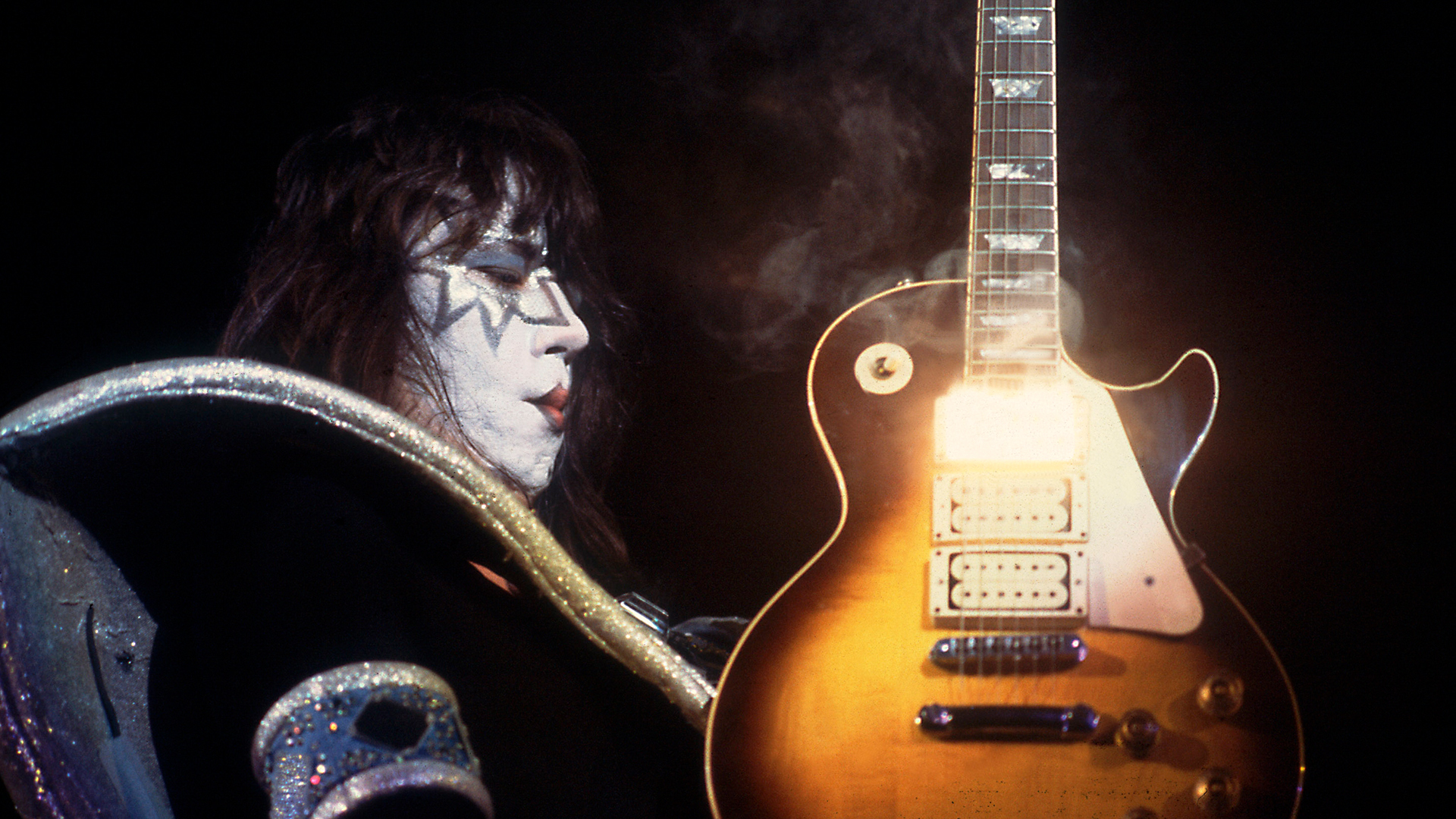Mercury-Atlas Rocket Takes Center Stage in 'Astronaut Farmer'

In the upcoming Warner Brothers' feature film "TheAstronaut Farmer," Billy Bob Thornton plays the role of Charles Farmer, aformer astronaut who never flewin space but who decides to accomplish his dream of reaching orbit by buildinghis own rocket.
To do so, Farmer draws from designsof the past, basing his spacecraft "The Dreamer," [image] on the historic Mercury-Atlasthat carried the first Americans to orbitin the 1960s [image]. "The Astronaut Farmer" opens in theaters 45 years (plusthree days) after astronautJohn Glenn rode his Mercury-Atlas into U.S. history.
Personally inspired and fascinated by the 1960s spacerace, independent filmmakers Mark and Michael Polish gave their hero a similarpassion. "Charles Farmer is a guy who watched the first man step foot onthe moon and that was probably thesingle most dramatic moment of his childhood," suggested Mark Polish, whoco-wrote and was a producer on the film.
Added Michael, his brother, "The story was sparked byour interest in space exploration, but beyond that, it's about a need to dreamof adventures, whether it's Neil Armstrongor Lewis and Clark. I think that, as a society, we've stopped dreaming aboutexploration. With space being the contemporary frontier, we got to thinking howwould a common person do this?"
Outside the constructs of the film's plot, it was importantto production designer Clark Hunter to accurately rebuild the space hardwareused in "The Astronaut Farmer".
It was imperative that the rocket be built as nearly toscale as possible, "based on research and drawings of the Atlas-Mercury rocketsand capsules, which are still very recognizable to many people," saidHunter. "For the skin, we used a company that makes skins for 747s. Webuilt it in sections, then stacked them up and fastened them together."
Not only is the vintage design appropriate for the story'stimeline, it has become an iconic image.
Breaking space news, the latest updates on rocket launches, skywatching events and more!
As Michael Polish explains, "That was the era wheneveryone was getting interested in the space program for the first time, andthat was its primary image. Plus, from Farmer's point of view, it's easier tobuild a rocket like this than to build the Space Shuttle. If someone wanted tobuild a car for the first time he would go back to a simpler way of doing it,back to the original Ford design and the combustion engine."
"[Farmer] goes to great lengths to build a replica,based on the Atlas-Mercury model," Michael continued, noting that Farmeris dedicated to, quite literally, the nuts and bolts of his dream."
The companion piece to the rocket was Farmer's missioncontrol, containing all the apparatus that his son Shepard (named after the firstastronaut, Alan Shepard) would use to help launch and then monitor thespacecraft's orbit.
"It was an old Air Stream trailer. Inside we packed ina lot of vintage gadgetry and 1960s technology intermixed with modern computer equipmentin a kind of Rube Goldberg design, which is what it might realistically looklike if he had collected and integrated everything in bits and pieces over theyears," said Hunter.
In addition to the rocket and control room, Hunter raised anew barn big enough to accommodate a 50-foot rocket, with roof panels that couldbe folded open in preparation for launch.
"When I first saw the rocket in the barn, finished andassembled, I was very impressed," said actor Billy Bob Thornton.
Continuereading about the movie's Mercury spacesuit and the real Mercury-Atlas --plus view more photographs from "The Astronaut Farmer" on collectSPACE.com.
Copyright 2007 collectSPACE.com. All rights reserved.
Join our Space Forums to keep talking space on the latest missions, night sky and more! And if you have a news tip, correction or comment, let us know at: community@space.com.

Robert Pearlman is a space historian, journalist and the founder and editor of collectSPACE.com, a daily news publication and community devoted to space history with a particular focus on how and where space exploration intersects with pop culture. Pearlman is also a contributing writer for Space.com and co-author of "Space Stations: The Art, Science, and Reality of Working in Space” published by Smithsonian Books in 2018.
In 2009, he was inducted into the U.S. Space Camp Hall of Fame in Huntsville, Alabama. In 2021, he was honored by the American Astronautical Society with the Ordway Award for Sustained Excellence in Spaceflight History. In 2023, the National Space Club Florida Committee recognized Pearlman with the Kolcum News and Communications Award for excellence in telling the space story along the Space Coast and throughout the world.

